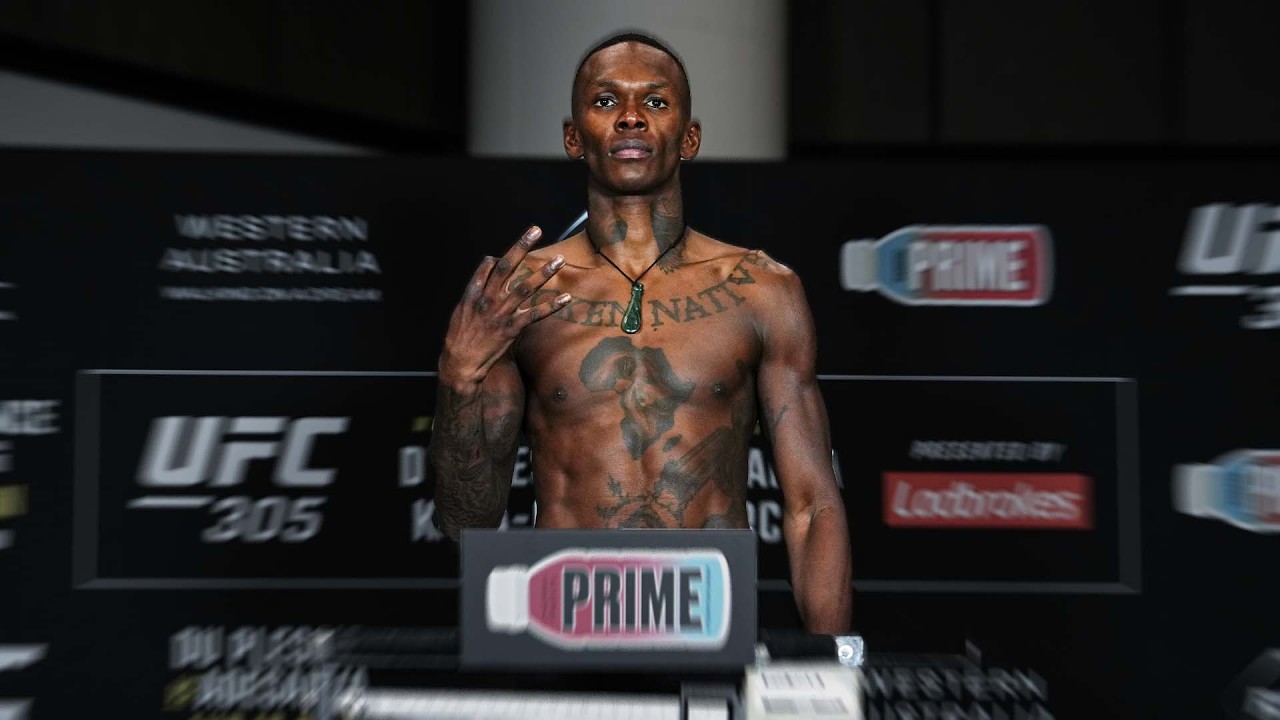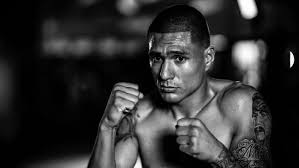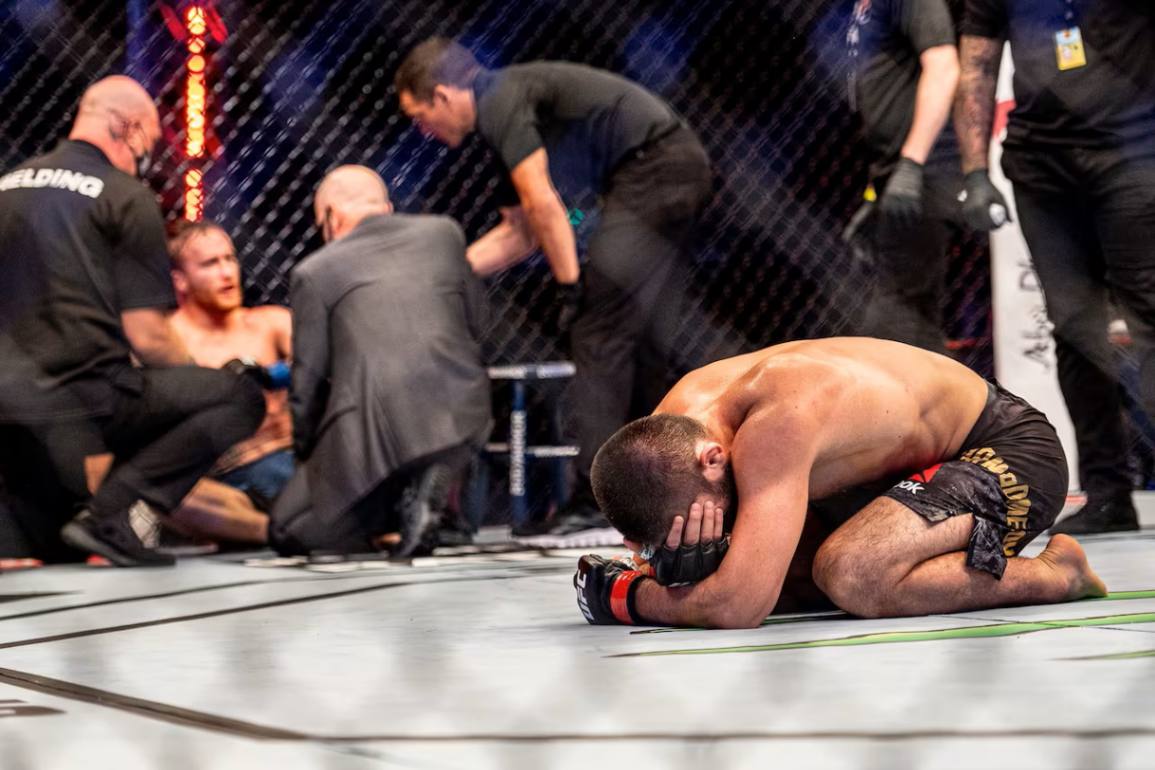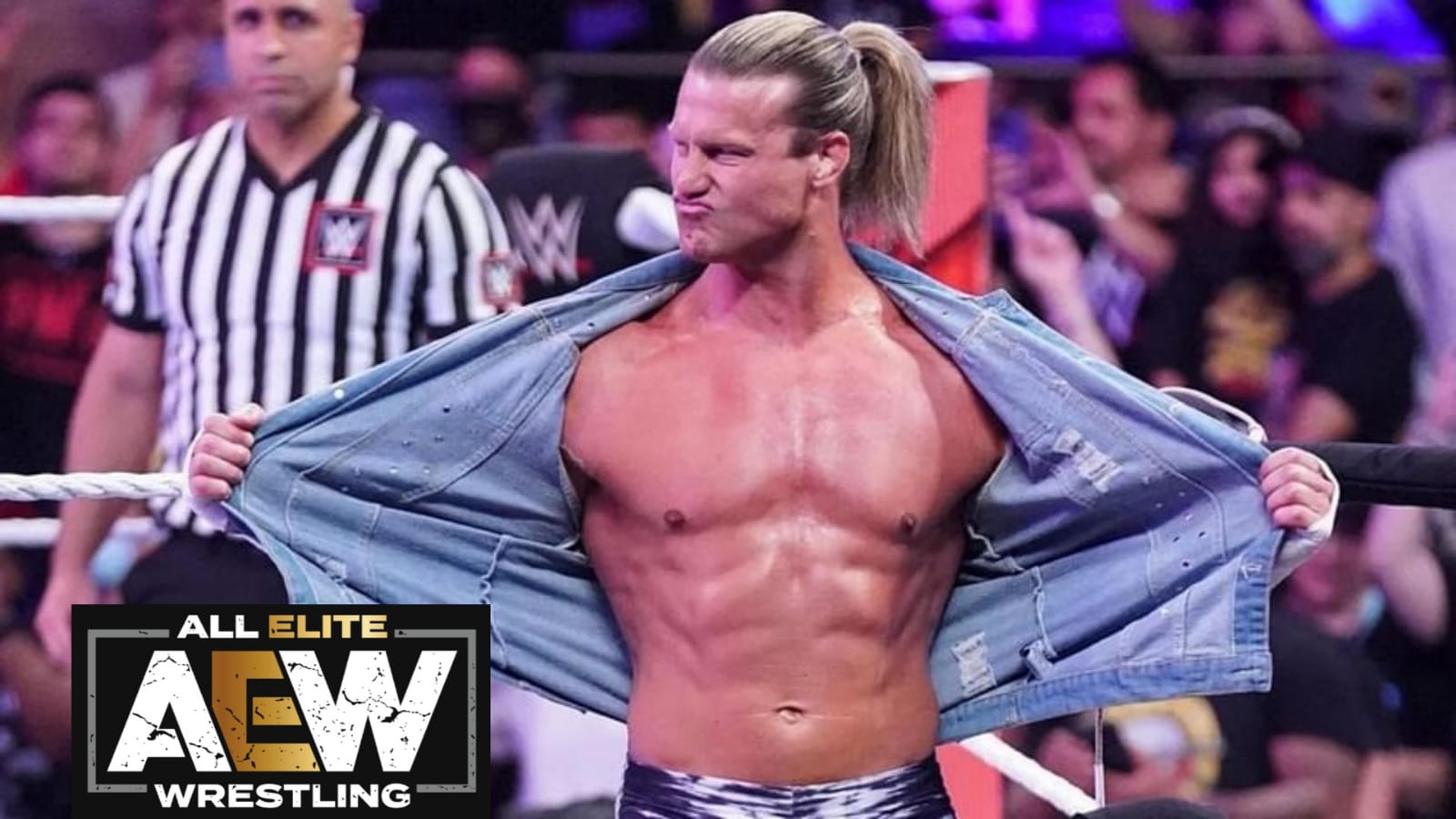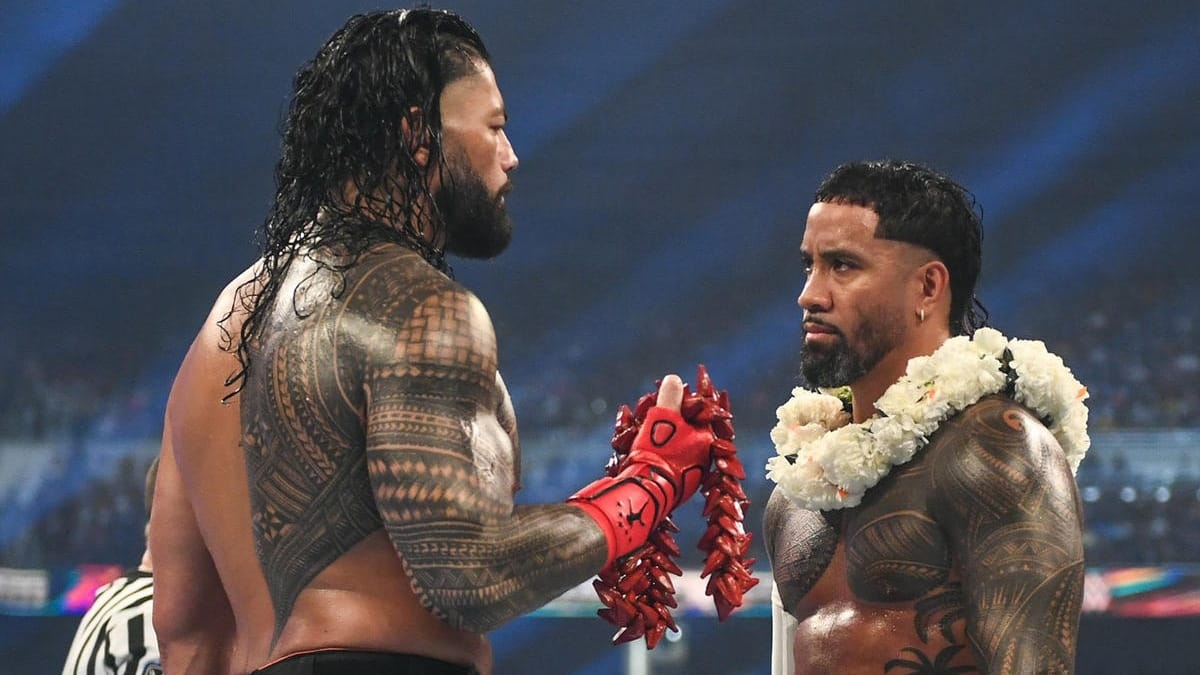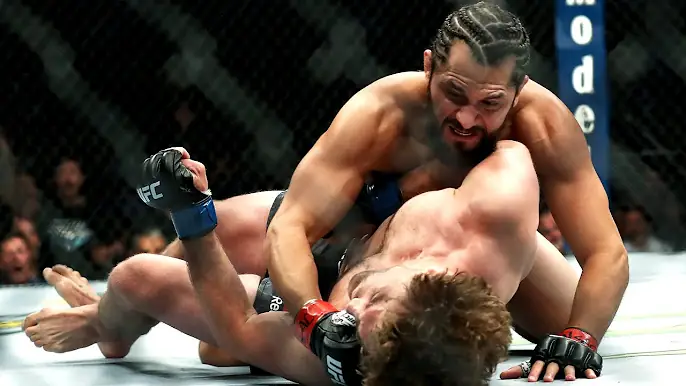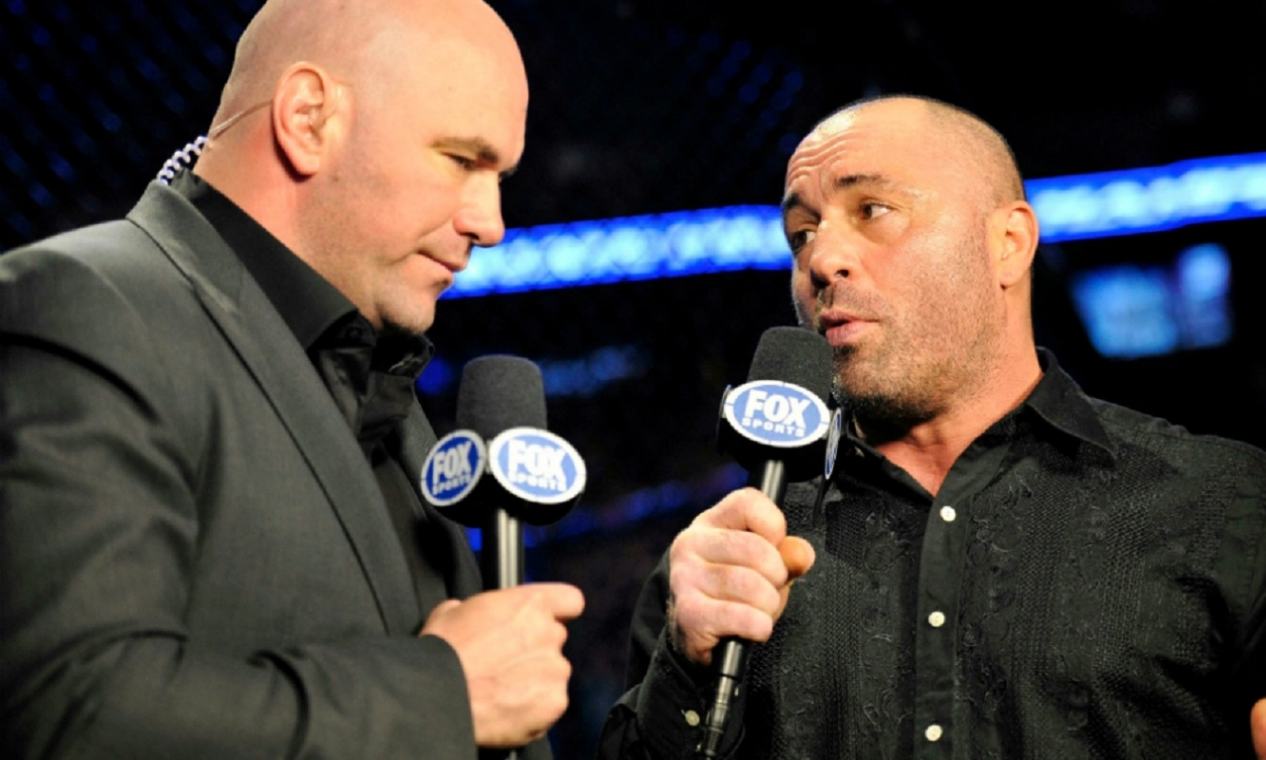The Evolution of UFC’s Weight Classes: From Open Weight to Precision Divisions
The construction of weight classes through time in the Ultimate Fighting Championship has been one of the basic developments in the sport, presenting a competitive landscape where the athletes involved are relatively safe and fair. From those early titleless days of open-weight tournaments, when two fighters of very differential size and fighting style were pitted against each other, to nowadays’ highly regulated divisions, weight classes have played a big role in the UFC’s journey from a fringe spectacle onto the center stage of mainstream sport. This paper traces the history of how the different weight classes have evolved in the UFC and how these classes have really shifted the paradigm in the sports world.
- No Weight Classes and Open Weight Tournaments: The Early Days
When the UFC first came about in 1993, the idea of this new event was a no-holds-barred competition to establish which was a better martial art for real, raw combat. The very first fight, UFC 1, was in an open weight, any-guy-against-any-guy format. This developed based on the idea of pitting different fighting techniques against each other—like Brazilian Jiu-Jitsu, boxing, wrestling, and karate—in the least restrained setting possible.
Open Weight Chaos
It had some very interesting but sometimes disturbing matches as a result of the lack of weight classes. Fighters like Royce Gracie, who weighed 180 pounds at the time, would go against others much bigger than him—Ken Shamrock at 260 pounds and Teila Tuli, a sumo wrestler at 400 pounds. This open weight format brought the dynamics of how technique would triumph over raw size, and Gracie was able to submit bigger opponents in many fights by fighting off his back using his Brazilian Jiu-Jitsu and win a few UFC tournaments.
While this open-weight format was exciting, there were also huge questions raised over fighter safety. Gross size and strength differences between competitors could quickly turn potentially dangerous, especially when one fighter was much larger and more powerful than his opponent. Added together with new visions of making the sport more marketable for mainstream viewing by the athletic commissions, these concerns brought about weight classes in due course.
- Weight Class Implementation: A Move toward Legitimacy
The UFC started introducing weight classes in the late 1990s, mostly due to safety concerns and a responsible desire to regulate the sport. The first weight classes were relatively broad, representing an evolving UFC from its early no-rules beginnings to a more structured and regulated sporting event.
Starting Weight Divisions
Original UFC weight classes
Featherweight: Up to 155 pounds
Middleweight: 156 to 199 pounds Heavyweight: 200 lb and over
It wasn’t until 1997 when these weight classes were introduced, and these would mark the real beginning of the new era for the sport. The addition of weight classes tends to level the playing field of competitions and puts fighters more against people of their own size and similar weight. Weight classes in the post-affair made the sports more agreeable to athletic commissions, something, after all, that made sanctioning UFC events quite easy afterwards.
Transform the Sport
Weight class establishment was another way that the UFC improved and evolved. This made the fights in the UFC much safer and fair. This was something that actually was allowing for fighters that may have been at a disadvantage to have better prospects for winning in a certain weight class.
The addition opened the gates for development of unique divisions, each of them having their own champions, contenders, and individual storylines that gave depth and intrigue to this sport.
- More weight classes available: An increase in available opportunities
With the development of the UFC, it was realized that more weight categories would have to be developed in order to couple the other athletes that were interested in participating in the event and for more chances for all the athletes to compete on the basis of optimal weight. As time proceeded, the UFC included other weight classes, solidifying the format and developing a more comprehensive framework for competition.
Introducing all New Subs
In the year 2001, following the acquisition of UFC by Zuffa, new weight classes were introduced and a Spectrum with other such close and other hand castigation sports ratios, especially boxing. These include:
Featherweight: Up to 155 lbs
Welterweight: 156–170 pounds
Middleweight: 171 to 185 pounds
Lightweight Heavyweight: 186-205 pounds
Heavyweight: 206-265 lbs
Those divisions implemented such a comprehensive span between them that made it fully possible for fighters to compete within the categories that best suited their body types and physical characteristics. Light heavyweight ultimately became one of the biggest divisions in the UFC, dominated by such fundamental fighters as Chuck Liddell, Tito Ortiz, and Randy Couture.
Divisions of Women
The weight class expansion also involved women’s MMA, which actually thrived in the first years of 2010. Thus, the UFC added women’s bantamweight division fights at 135 pounds in 2013, and a strawweight division at 115 pounds in 2014. In fact, athletes like Ronda Rousey, who was the first lady of the bantamweight category, and Joanna Jedrzejczyk, who actually hogged the spotlight for the strawweight division, really helped popularize WMMA in the heads of the audience.
Effects on Fighters and Society
The rise of further weight classes opened the window for more opportunities, making the path freer for fighters to enter a division that is well-fitted for their natural weights, in turn elevating the quality of competition and lessening the risks from extreme weight-cutting, a rather dangerous practice for fighters. Also, additional weight classes would enhance UFC’s exposure to more spread fighting styles and body types, hence promoting an inclusive nature and greater levels of diversity of the sport.
- Contemporary Classes: Accuracy and Power
Today’s UFC weight classes are relatively rigid and regulated, with fighters given 24 hours to get on the scale, having to come in at or below a czar-specified weight class. For men and women today, the UFC weight classes are:
Men’s Weight Divisions:
Flyweight: Up to 125 lbs
Bantamweight: 126 to 135 lbs
Lightweight: 146–155 lbs
Welterweight: 156 to 170 pounds
Middleweight: 171 to 185 pounds
Light Heavyweight: 186 to 205 pounds
Heavyweight: 206 to 265 pounds
Women’s Classes / Divisions:
Strawweight: Up to 115 pounds
Flyweight: 116-125 pounds
Bantamweight: 126–135 pounds
Featherweight: 136-145 pounds
These weight classes are now becoming the norm across MMA; other promotions globally have been following those divisions almost closely. The precision with which these weight classes have been worked out ensures fighters face each other fair and square under subsequent strict regulations so that fighting parties do not lose weight before fights or manipulate their real weight through drastic weight cuts to gain an advantage.
Weight Cutting and Regulation
The UFC faces many ongoing challenges, one being the weight-cutting debate, where professional fighters sometimes lose weight by severe dehydration in order to make the weight limit set for their division, then compete again fully rehydrated at a weight difference that can go up to almost 20% of their body weight. Very regularly, this practice becomes perilous, resulting in constant discourse surrounding its reform, with some proponents including more weight classes and stricter hydration tests.
While moving to prohibit the risks associated with cutting weight, the UFC, in conjunction with the commissions, prohibits the use of IV rehydration and the practice of cutting more weight under the guise of time for the rehydration process. This debate, about what safe enough cutting is or how best to regulate baseline cutting, shows no sign of dissipating, with further changes many fighters are pointing at needed for increased safety.
- Notable Fighters and Weight Class Success
With each sprinkle in the sport of the UFC, particular fighters come to mind for their respective weight classes and are held in high regard due to the way they may have even dominated their divisions, signing their names into weight-class lore in the process. In these instances, the UFC fighters give the weight-class significance, certainly, and in their levels of dominance in a class, their careers can be leveled up.
Anderson Silva
Anderson Silva has been proven greatly to be the premier fighter in the history of the UFC, reigning rightfully and technically in the middleweight division between 2006 and 2013. But it wasn’t just Silva’s almost mystical finishing talent in the octagon; his striking was always crisp and accurate, blending flamboyance with a creative edge every time opponents got in, that really made him such a dangerous champion. His stint as the middleweight champion raised the profile of the division during his time and rightly put his name as an all-time great in the sport.
Georges St-Pierre
Another fighter whose magnitude of success can be directly connected to his weight division is Georges St-Pierre. Absolute dominance for nine straight title defenses in the welterweight division, with both revenges of his only two losses in the UFC. Being able to develop his style while keeping adaptability and talent for wrestling and strikes simultaneously made GSP a usual suspect in this conceptual class category.
He then moved up to the middleweight division, where he won the title against Michael Bisping, reemphasizing his dynamism and timeless stature.
Demetrious Johnson
Demetrious “Mighty Mouse” Johnson is the greatest UFC flyweight fighter in the history of MMA. His record for the most title defenses at 11 is a record for any division. Johnson delivered his speed, technique, and fluid ability in transitioning from striking and grappling into an onslaught at flyweight. Contributing to the division, this made flyweight become the competitive and thrilling weight class it has grown to be within the UFC.
Amanda Nunes – Bantamweight and Featherweight
Amanda Nunes has been considered the best female fighter in the history of mantle and featherweight divisions. The first female in the UFC’s history to simultaneously hold two titles in separate weight classes and has been successful in defending both against the No. 1 contender in the individual divisions. She drove through legends in the two different rankings, Ronda Rousey and Cris Cyborg, to victory and underlined her name in the Seer book of women’s MMA.
- The Future of UFC Weight Classes
There are, however, several pressing issues and trends that are likely to shape the future of weight classes as the UFC continues to grow and evolve.
Introducing New Weight Classes
The uninterrupted debate has been about implementing more weight classes, a debate held mainly among existing divisions between which there are large intervals. One of the suggestions, for instance, will be a 165-pound weight class between the lightweight and welterweight divisions to alleviate some of the issues where fighters cannot make lightweight but are too small for welterweight. The idea of having a 195-pound division set right down the middle between middle and light has come up as well. This creates more chances of fighters competing in different weight categories and, at the same time, reduces the pressure on them for cutting large chunks of weight. The second side of the move faces such challenges in talent distribution and competitive levels between existing divisions.
Critically, such severe weight cuts remain a cause for concern in safe health and are still likely to drive arguments over the future of weight classes in the UFC. Perhaps a widening of the regulations and a call to reform the way the process has been undertaken will be seen. This could encompass stricter hydration testing; weigh-in protocols may take place more frequently throughout the training camp or move the weight classes up to fighters’ natural walk-around weights.
Going Global and Federation Multiplicity on Weight Class
As it forges forward in development and expansion internationally, diversity in different body types and different fighting styles in different regions might play a heavy role in how the weight class may then be shaped accordingly. For instance—division in women’s categories or creation of a region-specific balance in the weight classes—will fit right in for inclusion and global representation if such statements or strategies percolate out of the UFC.
Super Fights and Champion vs. Champion Matchups
First of all, it’s a trend in superfights—champion pitted against champion, shimmer title against heavyweight. It is a trend ongoing, likely, to further shape the landscape of the UFC. These superfights collect gargantuan interest and revenues because of the duel of the sports’ best athletes. Meanwhile, these same contests raise quite an important question regarding long-term impact on the division. This can often stir up a mix of vacated titles by champions intra-divisions and disrupt competitive balance across divisions.
Conclusion
The weight categories have grown and developed with the organization, providing a fair nature for fighters, value to fighters, and also a sense of the championship structure for UFC. This has been the evolutionary point at which the face of UFC has changed into the controlled, well set-up, and carefully managed sport that it is in modern days. MMA weight classes, just like everything else about the sport, will be dynamic and go through an evolution of their very own. Continually influenced by the raging debate of fighter safety, structure of competition, and global expansion of the sport, UFC will remain committed to fine-tuning and improving weight class systems that may continue in the future to ensure fighters are able to provide the sport with their very best and that integrity along with competition excitement is maintained at all costs.
